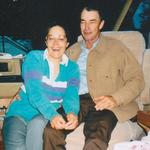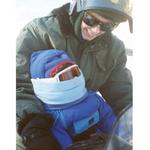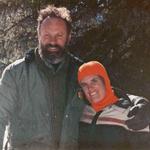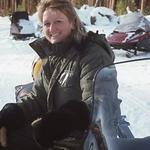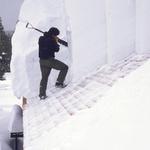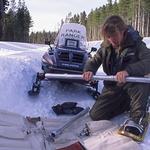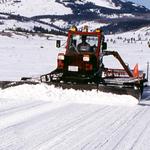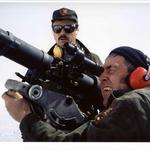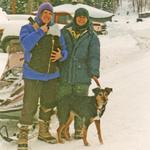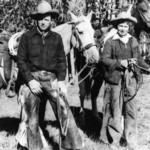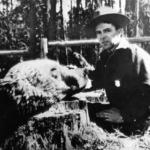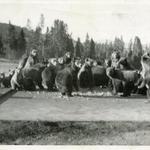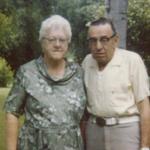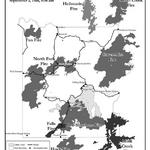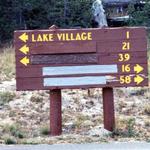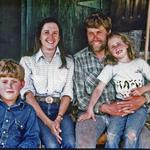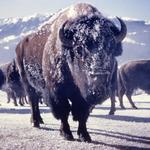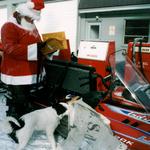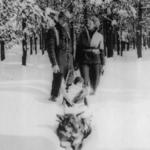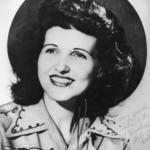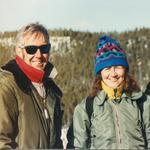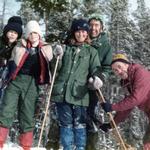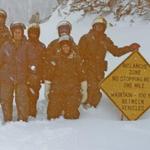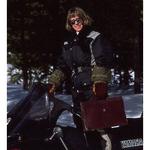Marjane Ambler, author
The faces behind Yellowstone Has Teeth
Many books about the park focus on rangers and Man in Nature. In contrast, Yellowstone Has Teeth focuses on maintenance workers, women inhabitants of the park, and the hidden community near the north shore of Yellowstone Lake.
In the 1980s and 1990s when Marjane Ambler and her husband lived there, Lake Village included a dozen disparate people – single men and women, married couples, families with small children – flung together by their jobs. The people in the book rode their horses through walls of flame during the 1988 fires, fed grizzly bears at garbage dumps in the 1930s, and fended off bears that broke into their homes. Special thanks to Amy McClure for the use of Mike McClure photos and to Jeff Henry for his photos. Click images to enlarge and see captions.
